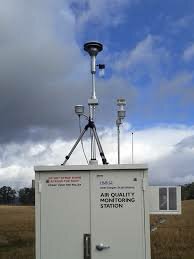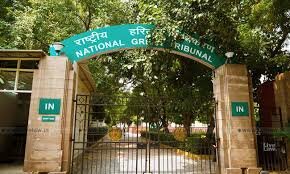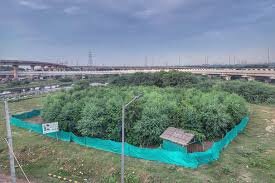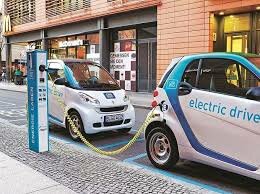Yogi-govt puts clean-environment on top-priority
To check air pollution, Ambient Air Quality Monitoring Systems at 15 places in Varanasi

Yogi-govt puts clean-environment on top-priority
Varanasi: With its commitment to beautify Varanasi and provide a healthy environment to the people of the city, the Yogi government has put in place the hi-tech Ambient Air Quality Monitoring Systems (AAQMS) at 15 places in the constituency of Prime Minister Narendra Modi.
These AAQMS detect the dust particles and poisonous gases that pollute the environment causing harm to the people. These systems are proving to be effective in curbing environmental pollution by sensing six harmful factors causing harm to the environment.
“Constructed under the smart city scheme, these AAQMS have six types of state-of-the-art sensors installed in them. They give real-time information on the standards of pollution it the air of the city,” Gaurang Rathi, the municipal commissioner of Varanasi informed.
When the amount of harmful gases, carbon dioxide, Sulphur dioxide, nitrogen, etc., is high in the atmosphere, the sensors collect the information and the data and send it to the control center. Besides, noise pollution, temperature, humidity and ultra-violets rays can also be detected by these sensors. These German dust sensors are based on nanotechnology and are also capable of measuring the amount of fine dust particles in the air, Rathi said.
Gives Air Quality Index information after every ten minutes
The AAQMS have been constructed after identifying the most crowded and industrial areas of the city. They have also been constructed in the outer areas of the city. The places include Tarna, Panch Koshi Marg, Padav, Cantt Station, Orderly Bazar, Baulia, Kandva, BHU, Adampur, Bhelupur, Maldahiya, Chitranjan Park, Manduadih, Shastri Chawk and Sarnath.
These AAQMS are monitored by the Real-Time Ambient Air Quality Monitor Stations and the Air Quality Index is sent to the control room every ten minutes. A team of experts maintains the data and if any data does not confirm to the standards, the information is immediately sent to the high authorities.
“Once the data is received, the officers work to maintain control over pollution. This includes, diverting traffic, water spraying, cleaning of roads, along with controlling the construction work in industrial areas, etc,” Rathi further informed.





